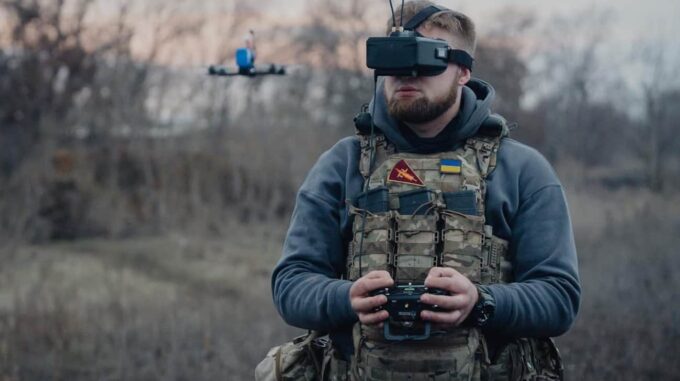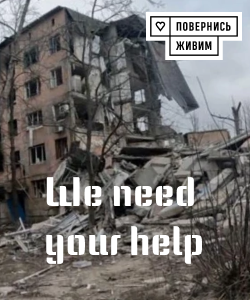The Institute for the Study of War (ISW) warns that the use of drones is radically changing the nature of combat on the Ukrainian front, expanding the so-called “gray zones” and areas of active engagement

In 2024, this concept has gained new momentum as small, yet high-tech unmanned systems have begun to surpass traditional front lines, which previously extended from 500 meters to two kilometers deep into defensive positions. According to experts, active deployment of drones allows Ukrainian forces to significantly expand controllable territories, as well as improve surprise and efficiency in countering the enemy. According to the latest ISW report, the situation with unmanned aircraft use increasingly resembles the evolution of modern warfare — “a war primarily involving so-called 'long-range distant combat'.” Military analysts note that during hostilities, there is active improvement and imitation of tactics employed by both sides: Ukrainian forces have taught the Russians to effectively use drones for reconnaissance, interception, and mining from a distance, while Ukrainian defenders are maximizing the mobilization of these systems for protecting and inspecting key front-line areas. The report emphasizes that Russian troops are actively adopting new technological solutions, notably improving their drone systems and rapidly following Ukrainian tactics. They use these devices for reconnaissance, targeted attacks, and mining territories, which helps reduce human losses and technological burdens on their units. Meanwhile, Ukrainian forces efficiently utilize remote systems for striking important targets and detecting the enemy, further reducing risks to their personnel. Special attention is given to the active deployment of fiber-optic drones for targeted strikes on enemy positions. Over recent months, the Ukrainian army has successfully used FPV (First Person View) drones — aircraft equipped with camera systems allowing real-time reconnaissance and interception of large enemy reconnaissance systems. This significantly complicates the enemy’s positions and increases the likelihood of destroying enemy equipment and weapons depots. There is also a notable advancement at the tactical level in the use of unmanned systems, primarily in offensive operations. For example, at the end of last year, Ukrainian troops began aggressively deploying “drone-dragons” equipped with “weapons embedded in molten metal.” This technology resembles unique and potentially destructive systems capable of penetrating enemy defenses and causing significant damage. Against this backdrop, it is worth mentioning the statements made by Russian President Vladimir Putin in April 2024, emphasizing the shortage of FPV drones in his army and calling for the acceleration of unmanned system production to prevent falling behind in tactical competition with Ukraine. According to him, drones have become an integral part of modern warfare, and their vital functions — providing reconnaissance, target designation, and destruction — will never be underestimated. Overall, in 2024, the rapid growth of capabilities in unmanned aviation is transforming the front lines into a more dynamic and multifaceted arena of conflict. Ukraine and Russia are evidently purposefully advancing their technological tools, and this trend is consciously leading to an increased role of remote systems in securing tactical advantages. At the same time, this process presents new challenges for command, security, and strategic planning — as analysts state, “drones have become an extension of the fight itself, not just additional equipment for the front.” Thus, the use of drones in the Ukraine conflict on the eastern front increasingly resembles a reconfiguration of traditional warfare scenarios, making it more technological, unpredictable, and efficient. This opens new opportunities while also imposing new demands on military strategies, technical equipment, and operational training. In this new reality, control over drones and their capabilities is becoming one of the key factors for success on the battlefield.

